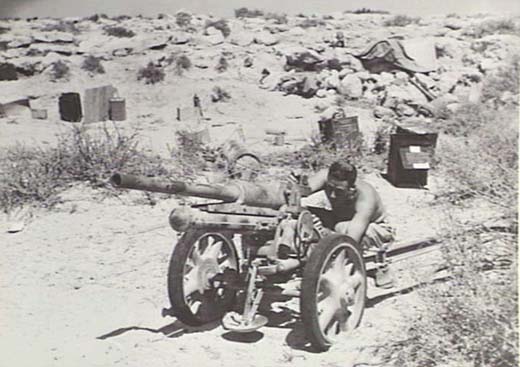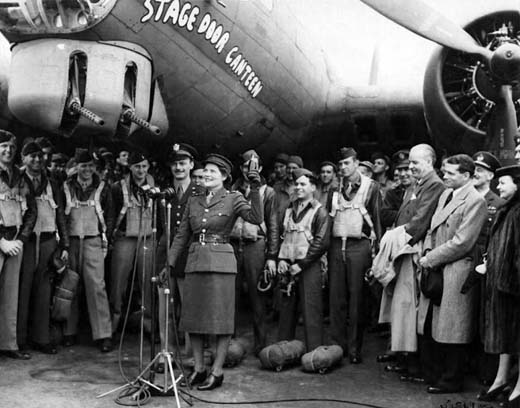Air Operations, Aleutians
3 28th Composite Bomb Group B-17s, 3 B-24s and 1 LB-30 are sent to reconnoiter and attack targets at Tanaga and Kiska Islands. Results are negligible because of bad weather over the target area.
[Air Operations, CBI
American P-40s repulse a series of Japanese raids on Hengyang air base in southwestern China. 4 Japanese Army bombers and 3 fighters are shot down during the morning.
[Air Operations, Australia
49th Fighter Group P-40s down 3 Japanese Navy bombers and 6 A6M Zeros over Darwin around 1400 hours.
[Air Operations, Europe
A new type of incendiary bomb is used in a night raid on the western Midlands. Damage is reported in Wolverhampton.
BOMBER COMMAND
Daylight Ops:
- 6 Bostons to Abbeville, but have to turn back
- 4 Mosquitos on cloud-cover raids to Frankfort, Hamborn, Hannover & Lübeck
- No losses
- 6 Blenheims on Intruder flights but recalled; 1 misses signal, bombs Rheine airfield
- No losses
Air Operations, Libya
During the night, 1st Provisional Heavy Bomb Group B-17s attack Tobruk harbor.
[Air Operations, Pacific
5th Air Force B-17s attack Japanese ships in the Solomon Sea east of Huon Gulf and south of New Britain.
[Battle of the Atlantic
The US freighter Cranford (6096t) is sunk by U-155 about 250 miles east-southeast of Barbados. Cranford's survivors are picked up by the Spanish tanker Castillo Alemenara.
[Canada, Politics
Parliament passes a bill introducing full conscription.
[China
The Chinese capture Tsingtien.
[Dutch East Indies
The Japanese occupy the strategic islands of Aru, Kei and Tanimbar between Timor and New Guinea.
[Eastern Front
German troops advancing from Rostov take Bataisk on the south side of the Don. The Germans also concentrate on reducing the Russian bridgehead at Kalach, in the Don estuary west of Stalingrad. In the central sector the Russians attack in the Rzhev area. In the southern sector Army Group A consolidates its bridgehead over the Manych River.
(when?)Stalin issues orders to all Russian units prohibiting 'another step back'. No further retreats will be tolerated.
CENTRAL SECTORThe Kalinin Front with the 29th, 30th and 3rd Air Armies, and the Western Front with its 20th, 31st and 1st Air Armies, launch the Rzhev-Sychevka Offensive Operation with an initial force of 345,100 men.
SOUTHERN SECTORThe Stalingrad Front begins its counterattack in the Don Elbow. The 4th Tank Army finally attacks, striking the northern flank of the 6th Army, while the 1st Tank Army also begins its attack. Both forces are struck by the Luftwaffe and suffer heavy casualties. Despite this, the 4th Tank hits the XIV Panzer Corps, resulting in a furious tank battle. The 62nd Army is pressed back while the 64th Army is pounded at Kalach. In direct response to the beating the 64th Army is receiving, Gordov begins to move the 57th Army up to the Don.
[Gulf of Mexico
U-166 attacks Convoy TAW-7 about 25 miles southeast of the mouth of the Mississippi River and sinks the US passenger ship Robert E. Lee (5184t). Submarine chasers PC-566 and SC-519 and the civilian tug Underwriter rescues the survivors.
[North Africa
Gen Auchinleck decides to remain on the defensive until reinforcements arrive. Since May 26, when the Axis opened their offensive, they have taken 60,000 prisoners, British, South African, Indian, French and New Zealanders and destroyed over 2,000 tanks and motor vehicles.
Captured German Gun Being Inspected |
 |
Pacific
The US submarine Grenadier (SS-210) torpedoes the Japanese tanker San Clemente Maru (7385t) off Truk.
[United States, Home Front
The US Women's Naval Reserve (WAVES) is established. WAVES stands for Women Appointed for Voluntary Emergency Service. Lt-Cdr Mildred H. McAfee is commissioned in the Naval Reserve, the first female line officer in navy history, as director of the WAVES. Within one year 27,000 women would be serving in a variety of maintenance, medical, support, intelligence, and communications positions.
[United States, Production
The industrial magnate Henry J. Kaiser is 'enlisted' by the US Government to galvanize US war production. Kaiser has previously revolutionized production of the US Liberty cargo vessels (nicknamed 'American ugly ducklings') using assembly line techniques of construction (one ship could be produced in only 80 hours), and the US Government hopes he can achieve similar results in the production of aircraft, armored vehicles and warships.
[ Stage Door Canteen Airing Live |
 |